Sugar Ants in House | Eliminate Sugar Ants in House - Pro Tips & Solutions
Sugar ants in your house can be a pesky problem, invading your kitchen and causing damage. If you're wondering how to get rid of sugar ants, you've come to the right place. In this article, we will provide you with effective tips and solutions for controlling and exterminating sugar ants from your home.

Key Takeaways:
- Identify signs of sugar ant infestation, such as trails of ants, especially in your kitchen and pantry.
- Eliminate food sources by keeping your kitchen clean, storing food properly, and sealing potential entry points.
- Use natural remedies like white vinegar, bay leaves, boric acid powder, or professional-grade products to deter sugar ants.
- Prevent future infestations by practicing good hygiene, sealing cracks, and avoiding attractant plants in or around your home.
- If the problem persists, consider seeking professional help for long-lasting results.
Understanding Sugar Ants and Their Behavior
Sugar ants, also known as ant species, are small insects that are attracted to sweet foods. They are common invaders in kitchens and can cause a kitchen infestation if left unaddressed. These ants have a strong affinity for food sources that contain sugar, such as syrup, honey, and sugary beverages.
If you've ever dealt with a sugar ant problem, you know that they can be found crawling all over your counters and pantry shelves. Their quest for sugar can quickly turn your kitchen into their feeding ground. To effectively control and eliminate these pests, it is essential to understand their behavior and what attracts them to your kitchen.
One of the primary reasons sugar ants invade your kitchen is the abundance of sweet foods that are readily available. These ant species have a keen sense of smell and can detect the scent of sugar from a distance. Once they discover a food source, they lay down a scent trail to communicate with other ants, leading to a steady stream of ants infiltrating your kitchen.
Eliminating any food sources that attract sugar ants is crucial in preventing and managing infestations. Remember to store your food properly in sealed containers and clean up any spills or crumbs promptly. Pay close attention to food sources that are sweet or contain sugar, as these are particularly attractive to sugar ants.
To gain a better understanding of sugar ants and their behavior, it is essential to identify the ant species that has infested your kitchen. There are several different types of sugar ants, each with its unique characteristics. Identifying the specific species can help determine the most effective control and elimination methods.
Identifying Sugar Ants
Below are some common sugar ant species that you may encounter in your kitchen:
- Tapinoma sessile: Also known as the odorous house ant, this species gives off a distinct smell when crushed.
- Camponotus consobrinus: These ants are larger in size and have a reddish-brown color.
- Pheidole megacephala: With their distinctive large heads, these ants are commonly referred to as big-headed ants.
Understanding the specific ant species that has taken up residence in your kitchen can help you tailor your control and elimination methods accordingly.
By familiarizing yourself with sugar ants' behavior and taking steps to eliminate their attraction to your kitchen, you can regain control of your space and prevent future infestations.
Tips for Eliminating Sugar Ants
If you're dealing with a sugar ant infestation, don't worry! There are several effective tips and methods you can use to get rid of these pesky insects and restore harmony to your home. By following these strategies, you can eliminate sugar ants and prevent them from returning in the future.
Eliminate their Food Sources
In order to eliminate sugar ants, it's crucial to remove their food sources from your house. Keep your kitchen clean and free of crumbs, spills, and open food containers. Store food in airtight containers and promptly clean up any spills or food residue. By depriving sugar ants of their favorite snacks, you discourage their presence in your home.
Use White Vinegar as a Natural Repellent
White vinegar is a powerful natural repellent for sugar ants. Mix equal parts white vinegar and water in a spray bottle and use it to wipe down counters, floors, and other areas where ants are frequently seen. The strong odor of vinegar disrupts the ants' scent trails, making them less likely to return.
Utilize Bay Leaves as Natural Repellents
Did you know that bay leaves can repel sugar ants? Place whole bay leaves in your pantry, on windowsills, and in corners where ants are commonly found. The strong scent of the bay leaves acts as a deterrent, keeping ants at bay.
Try a Borax and Sugar Water Mixture
A borax and sugar water mixture is an effective DIY solution for eliminating sugar ants. Mix equal parts borax, sugar, and water to create a sweet bait that attracts the ants. The sugar lures them in, while the borax acts as a poison, ultimately eliminating the entire colony.
Use Boric Acid Powder
Boric acid powder is another powerful tool for sugar ant control. Sprinkle boric acid powder in areas where ants frequent, such as along baseboards, under sinks, and near entry points. The ants will carry the powder back to their nest, spreading it to the rest of the colony and effectively eliminating them.
Consider Natural Repellents
Aside from vinegar and bay leaves, there are other natural repellents you can use to keep sugar ants away. Peppermint oil and lemon juice are two popular options. Soak a cotton ball in either of these substances and place it near ant entry points or areas of activity. The strong scents act as deterrents, discouraging ants from venturing further into your home.
Professional Extermination
In severe cases or if you want long-lasting results, it may be necessary to call in professional exterminators. They have the knowledge, experience, and equipment to locate and eliminate the sugar ant colony at its source. Professional extermination ensures the complete eradication of sugar ants and reduces the likelihood of future infestations.
By applying these tips and methods, you can successfully eliminate sugar ants from your home and maintain a pest-free environment. Remember to combine different strategies for the best results. Don't let sugar ants take over your space; take action and reclaim your home today!

Preventing Sugar Ants in Your Home
Taking preventive measures is essential to avoid a sugar ant infestation in your home. By following these simple steps, you can significantly reduce the chances of sugar ants entering and infesting your house.
Kitchen Cleanliness
One of the first steps in preventing sugar ants is maintaining kitchen cleanliness. Clean up any spills or crumbs immediately, as these can attract ants. Regularly wipe down countertops, tables, and other surfaces to remove any food residue. Keeping a clean kitchen not only prevents sugar ants but also promotes a healthy and hygienic living environment.
Food Storage
Properly storing food in airtight containers is crucial for preventing sugar ants. Ensure that all food items, including cereals, grains, and snacks, are tightly sealed to eliminate tempting food sources for ants. This prevents them from accessing your pantry and kitchen cabinets, reducing the likelihood of an infestation.
Sealing Entry Points
Sugar ants can easily find their way into your home through small cracks and gaps. Seal any entry points, such as gaps around doors, windows, and pipes, using caulk or weatherstripping. This denies ants access to your home, making it harder for them to establish a colony indoors.
Pet Food Storage
Pet food can also attract sugar ants. To prevent this, store pet food in sealed containers and clean up any spillage promptly. Avoid leaving pet food out for extended periods, especially overnight. By taking these precautions, you can protect your pet's food and prevent ants from being drawn to it.
Avoidance of Planting Attractant Plants
Some plants are known to attract ants due to the presence of sweet nectar or sap. Avoid planting attractant plants near your home, especially close to entry points. If you already have these plants, try to relocate them further away from your house to minimize the risk of attracting sugar ants.
By following these preventive measures, you can significantly reduce the likelihood of a sugar ant infestation in your home. Remember, prevention is always better than dealing with an infestation.

Conclusion
Dealing with a sugar ant infestation in your house can be frustrating, but there are effective strategies that can help you eliminate and prevent their presence. By following the tips and methods mentioned in this article, you can say goodbye to sugar ants and enjoy a pest-free home. These include eliminating their food sources, using natural repellents like vinegar or bay leaves, and employing professional help when needed.
While the mentioned strategies can provide satisfactory results, it's essential to understand that seeking professional help can offer long-lasting results. If the infestation persists or if you want to ensure complete eradication of sugar ants, it is recommended to contact [Professional Extermination Company]. Their experienced team can locate and destroy the ant colony at its source, providing you with a sugar ant-free environment for the long term.
Don't let sugar ant infestations take over your home. With effective strategies and professional assistance, you can regain control over your living space. Enjoy the peace of mind that comes with a sugar ant-free house and create a healthy environment for you and your family.
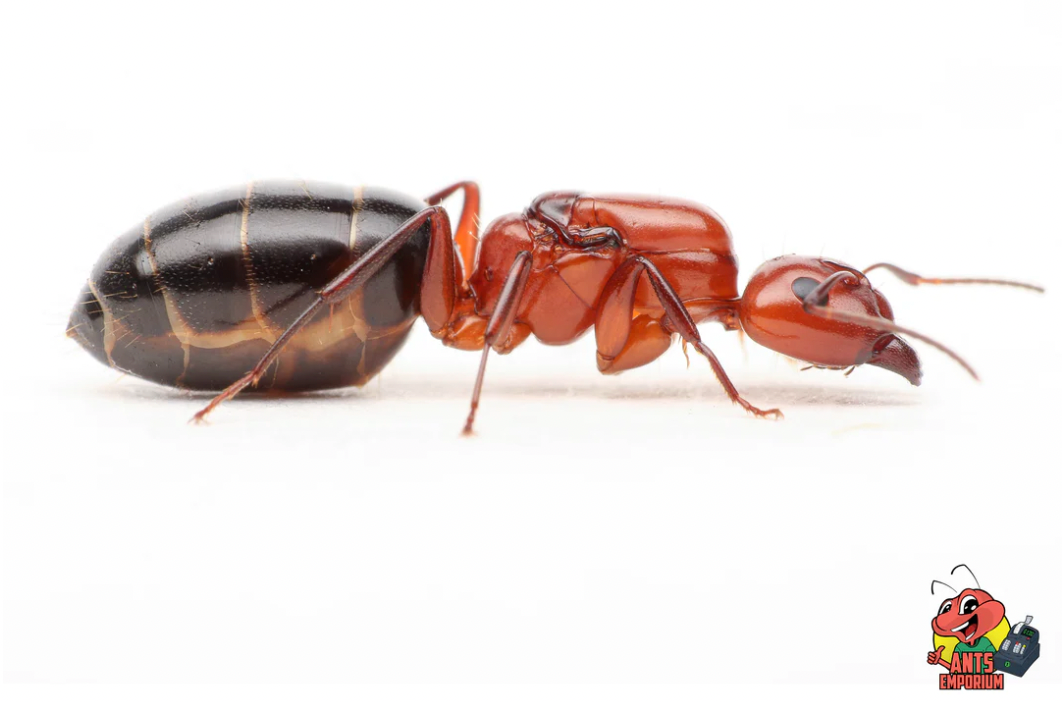
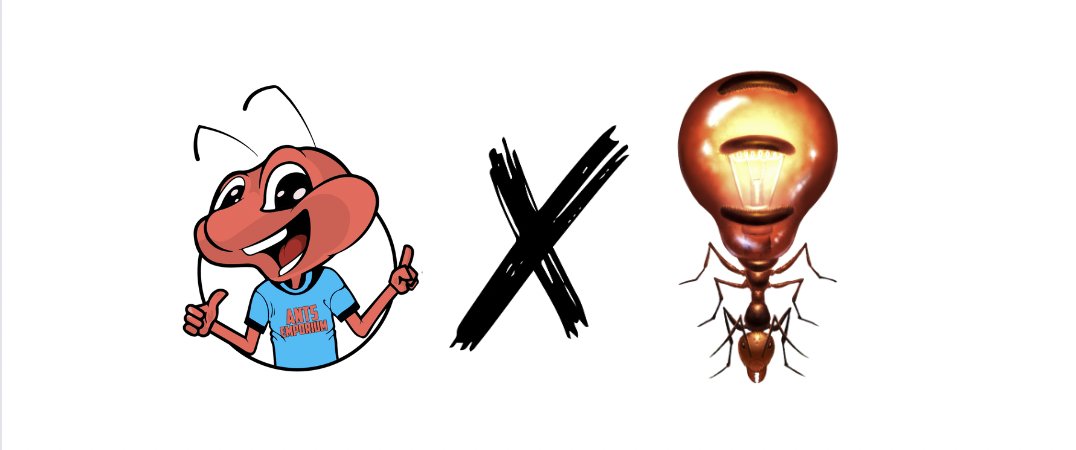
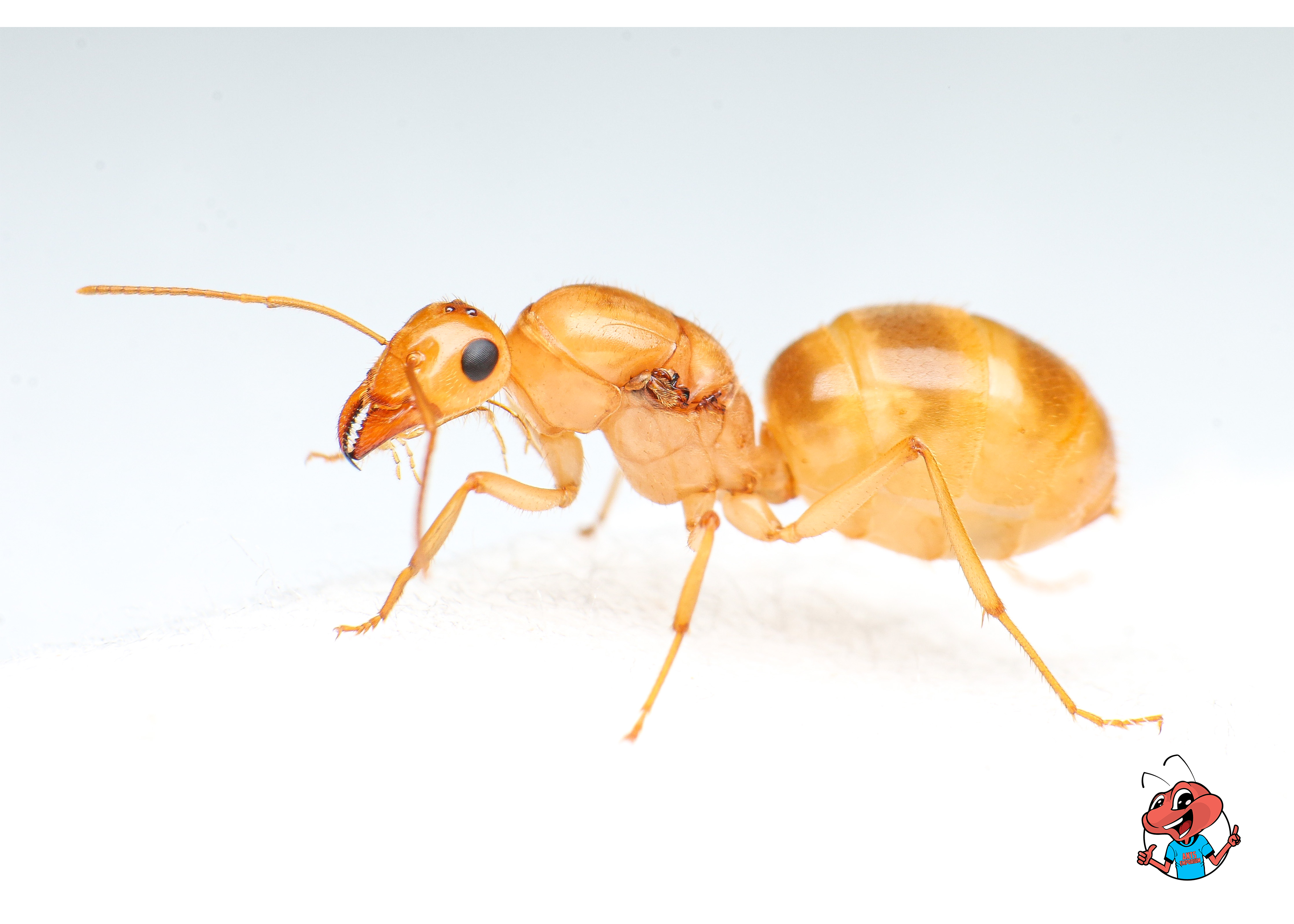
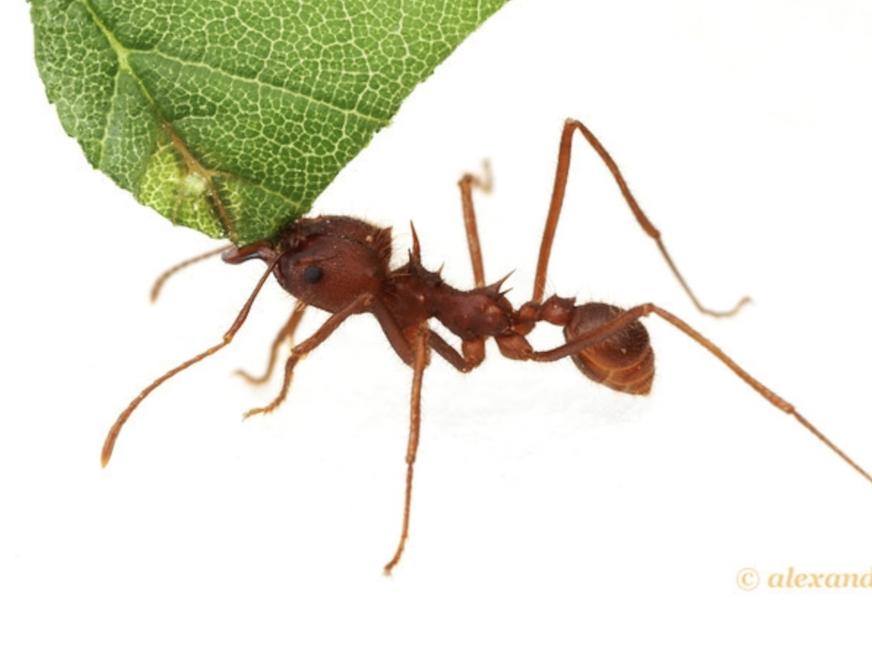
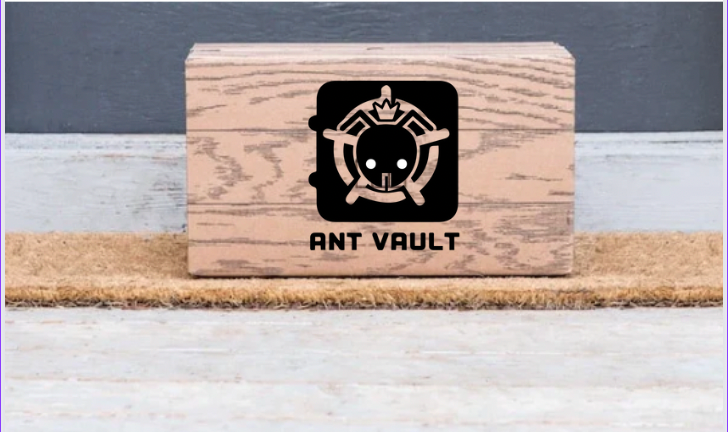


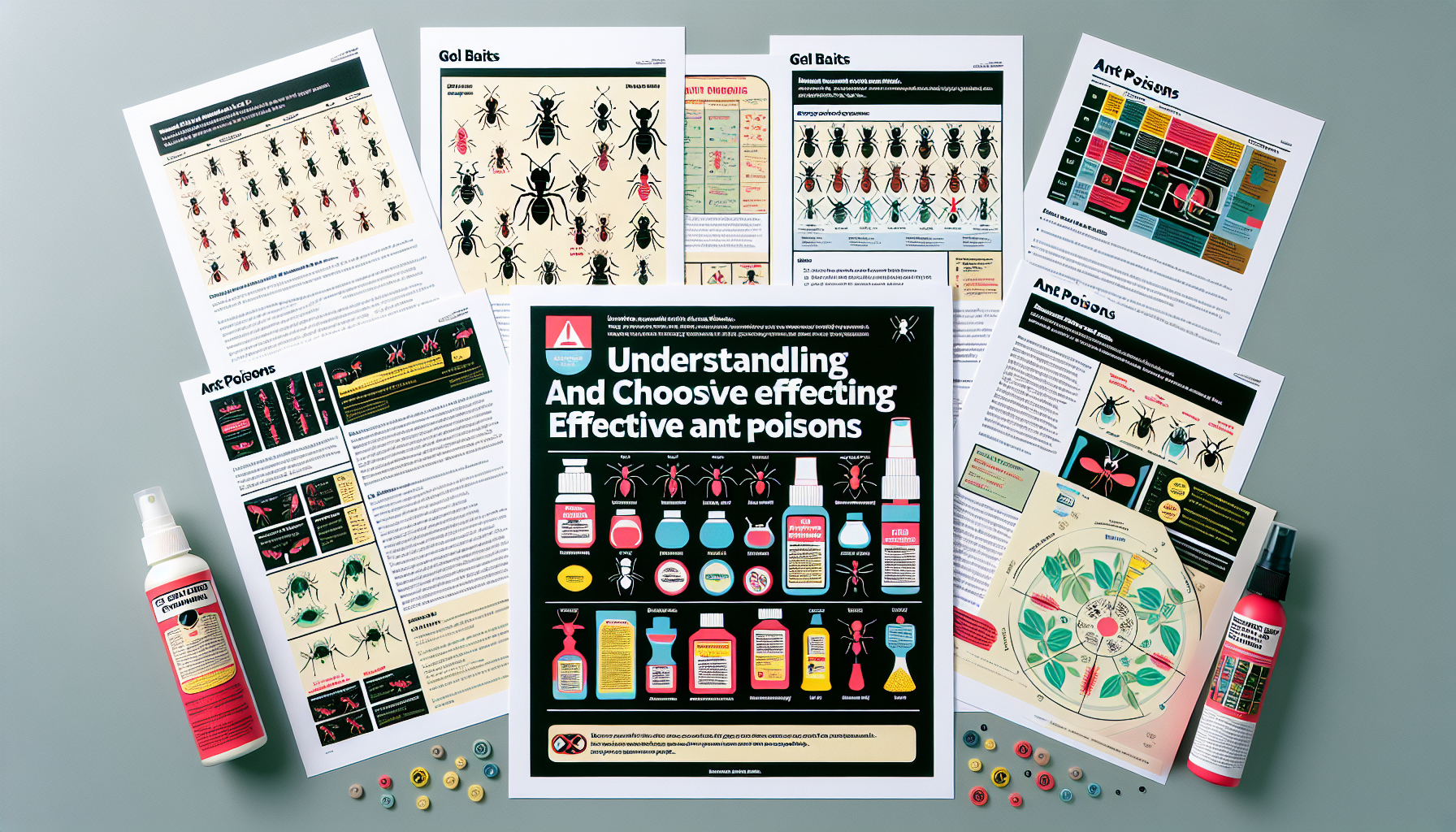
Leave a comment